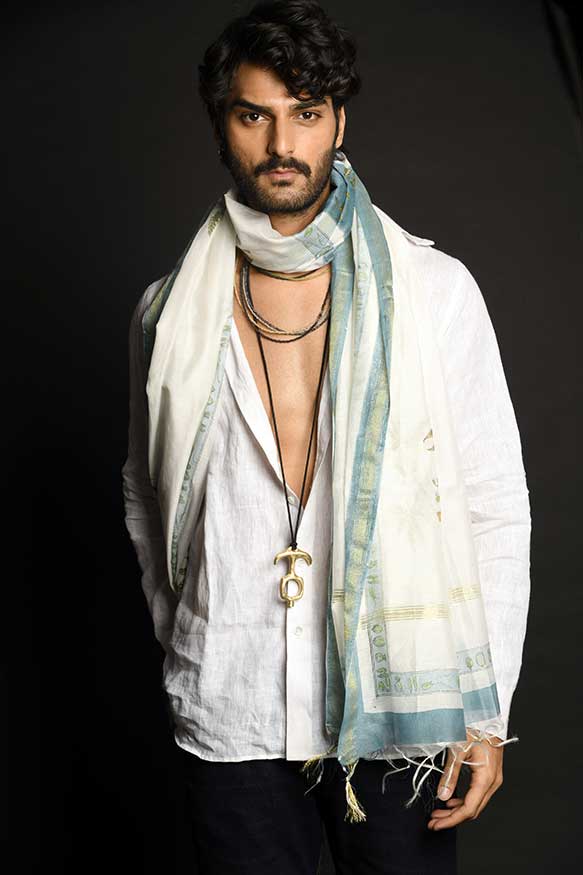Natural dyes become colorfast with natural mordants that bind the color to textiles, enduringly. This amazingly sophisticated heritage craft is a standard in sustainable fashion.
The historical center of beautiful textiles is India, which has a textile tradition going back at least 4,000 years on two vectors. One vector is handweaving, which the market valued for sensory qualities of airiness, softness and coolness on the skin. The other is India’s unparalleled command of natural plant dyes, refined pattern designs and sophisticated, sequenced techniques of printing, dyeing and binding color to cloth.
We crave saturated colors and the kinds of intellectual, poetic and personal storytelling that prints carry. The region's refined color and pattern-imparting technologies, and they really are still that, were key to glorious Mughal court life. Shopping with us means you’ll buy a wonderful product. But, you’ll also step into a 4000 year-old river of craft, creativity and culture.
Hand block printing with natural dyes adds color, texture and pattern durably and sustainably, using only plants, minerals & heritage techniques. There are many ways to block print color and pattern onto textiles but the two main traditions are 1) direct printing on a plain background and 2) resist printing, which preserves the natural cloth color, or allows the design to take toned background colors. Our bandanas use combined techniques. Kashish is a general term for the gray patterns, and especially Indigo natural dyes (the distinctive blues). Kashish was the first colorfast dyeing technique that yielded universally craveable color. In Bagru, a traditional center of block printing, locals claim the plants taught them how to use leaves, roots and mordants to create, apply and fix vibrant colors. (Mordants are either from Harda fruit or metallic salts. Both add color and also bind hues to fabrics enduringly). Our natural dye bandanas use natural Harda.
Our block prints are part of a craft guild model that honors deep expertise. In the industrial model, workers do one repetitive job. The craft model of our bandanas is a deeply interconnected and interdependent flow of skills and services where each bandana touches between 15-20 families. These interdependent families embody legacy know-how.
We work with a third-generation family of natural dye masters on the outskirts of Jaipur in Rajasthan, India. The term “natural dye”, in this case, means exactly that. Specifically, color, craft, pattern and texture come from plants, minerals & heritage make. (We’ll set aside design and block carving to focus on the fascinating color techniques).
Handmades are different than commercial products and require a different kind of care for long, luxurious product life. Hand embroidered and beaded products should be spot cleaned. Whenever you need deeper cleaning, use a professional dry cleaner known for gentle, non-toxic methods and materials.
Handwovens and natural dyes are created pretty much the way they have been made for over 1000 years. As pre-industrial products, they pre-date chemical mordants to affix color. On the making end, handmades and natural dyes are almost perfectly circular and don't pollute or create toxic waste. They are joyful to use because they have living finishes with beauty and soul.
Natural dyes require traditional care in order to maintain their beauty and longevity. Care Gently spot, hand, or gentle machine wash in cold water. No twisting or wringing. Dry flat for best shape retention. Light iron. Do not bleach. Use an eco-friendly/natural, free from chemicals & as pH neutral as possible. Avoid added fragrances and conditioners. Or, dry clean.
Caution Keep natural dyes away from anything acidic or alkaline, which can instantly bleach natural dyes. The stay-away list includes citrus, wine, vinegar, hydrogen peroxide, calcium, baking soda, etc.

Sign-up for news, offers and introductions of re-imagined handmade products